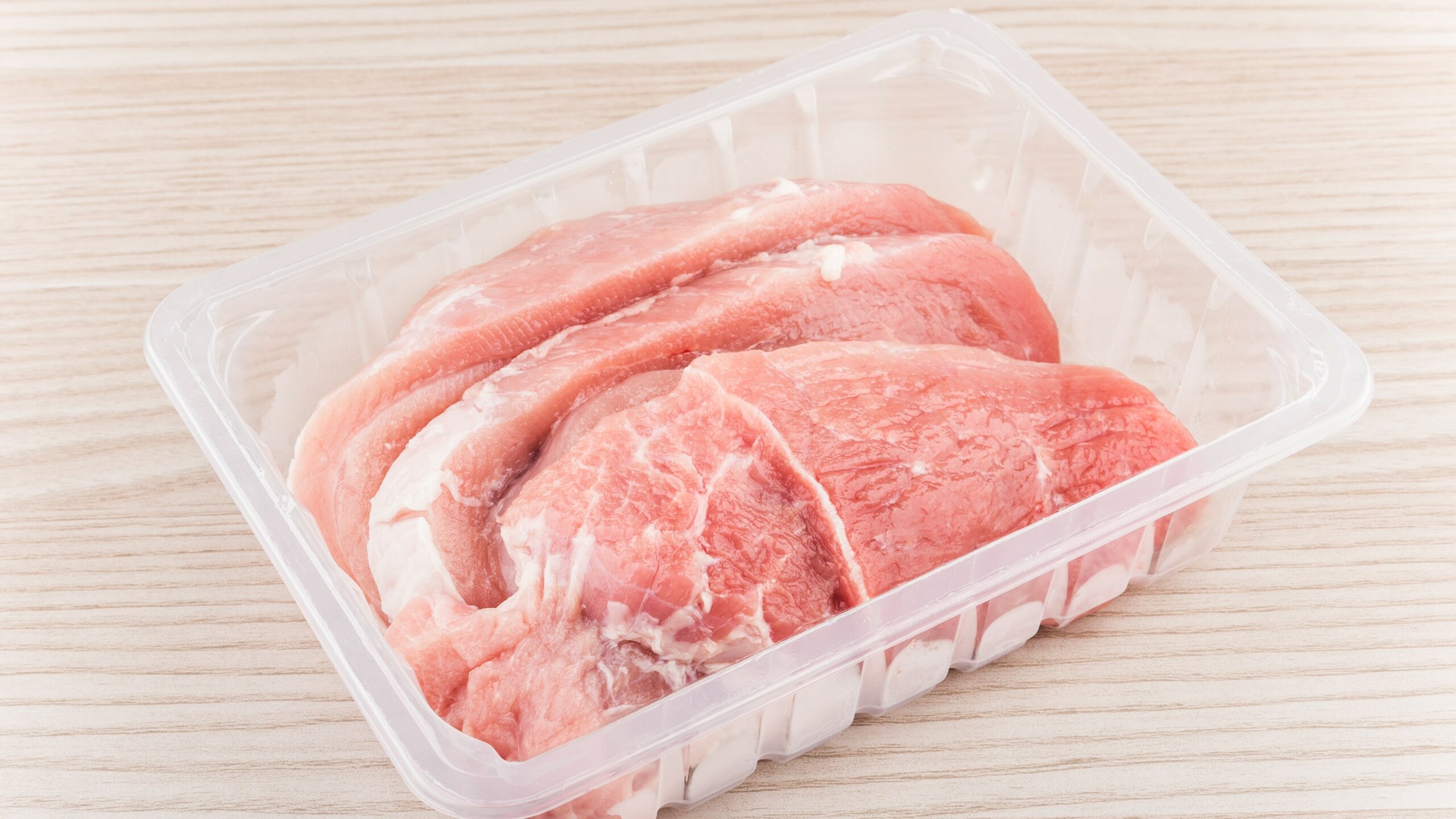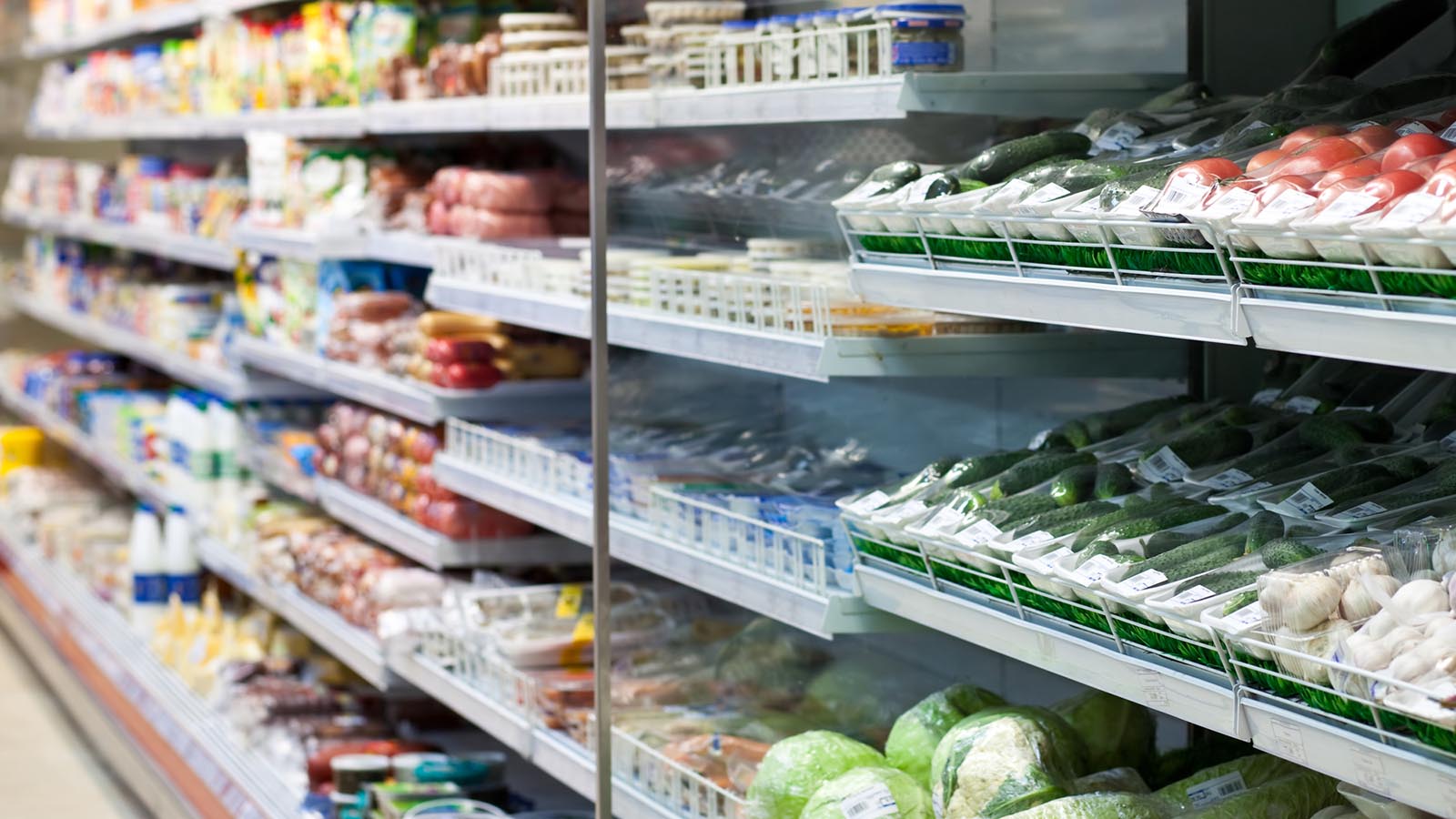Packaging and Packaging Waste Regulation: waste reduction, reuse and recyclability objectives
The packaging sector is facing the final step in its transformation towards the circular economy, which, in addition to its future, already marks its present.
On 24 April 2024, the European Parliament gave the green light to new rules focused on promoting the reduction, reuse and recycling of packaging, all with the aim of reducing waste in the European Union (EU). In particular, the European Packaging and Packaging Waste Regulation moved towards formal approval by the Council before it enters into force.
Objectives of the European Packaging Regulation
Specifically, the European Packaging and Packaging Waste Regulation is based on five pillars: prevention, reuse, recyclability, compostability and recycled content.
In addition, it sets objectives for packaging reduction (5% by 2030, 10% by 2035 and 15% by 2040) and sets 2030 for each unit of packaging to be limited to its minimum size, as well as a maximum empty space ratio of 50% for collective, transport and e-commerce packaging.

It also foresees a ban on perfluoroalkyl and polyfluoroalkyl substances (PFAS) above certain thresholds in food contact packaging.
These goals extend to the volume of reusable packaging for beverages (10% in 2030 and 40% in 2040), tertiary packaging (40% in 2030 and 70% in 2040) and grouping boxes (10% in 2030 and 25% in 2040). In the same sense, the proposed text indicates that industrial packaging for transport between sites or between several actors in the same country should be reusable, while final distributors of beverages and take-away food should allow consumers to bring their own packaging.
In addition, packaging (except for light wood, cork, textile, rubber, ceramic, porcelain and wax) must be recyclable, and, within three years, tea bags, discarded filter coffee capsules, fruit and vegetable labels and very light bags must be compostable. Minimum targets are also set for recycled content for plastic packaging and for recycling by weight of packaging waste.
Ban on single-use plastics

Similarly, packaging for unprocessed fresh fruit and vegetables, food and beverages consumed in cafeterias and restaurants, individual portions, small packaging for personal hygiene products and very light plastic bags, all of which are single-use, will be banned by 2030.
The future European regulation also makes the supplier of the packaging responsible for providing the manufacturer with the information to demonstrate compliance, while the importer must comply with the requirements. In addition, the distributor will have to check that the packaging is correctly marked and the producer is registered.
-
How can I help you?

César Aliaga
Head of Packaging and Circular Economy Unit


